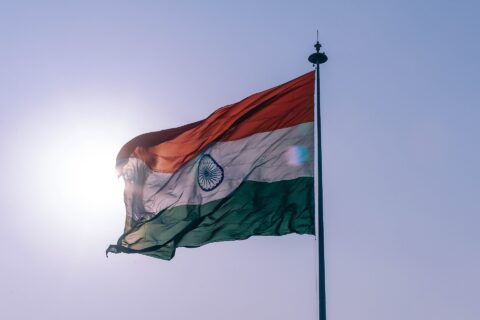
Evaluation of India’s Leprosy Eradication Programme
In November, a team chaired by Bill Simmons (American Leprosy Missions) undertook an independent evaluation of India’s National Leprosy Eradication Programme (NLEP). The findings were released on 28 January at a high-level meeting in Delhi involving representatives from the Ministry of Health, WHO, ILEP, Novartis and Sasakawa Health Foundation. ILEP India leaders met with Geoff Warne the previous day.
The strategic recommendations are in six categories:
- Sustained and stronger political commitment at state government level;
- A zero leprosy roadmap with different sets of strategies based on the endemicity of districts (a major departure from the way the programme currently operates);
- A set of improvements to programme management including — capacity development, consideration of joint programmes with other NTDs, and rethinking the balance between integration of leprosy services and maintaining elements of a disease-specific structure;
- A stronger focus on disability prevention and medical rehabilitation, particularly including recording of Grade-1 disability and monitoring patients with Grade-1 and Grade-2 disability for ten years after the completion of MDT;
- Better strategies for urban leprosy control; and
- A range of ways in which NLEP needs to work and coordinate more effectively with other government sectors, with communities, and with partners like ILEP.
Some of these recommendations, and the operational recommendations that accompany them, could be transformative. Likely next steps include stakeholder meetings to plan implementation. This will be a critical time for ILEP, enabling us to look afresh at what ILEP Members can contribute to the NLEP.